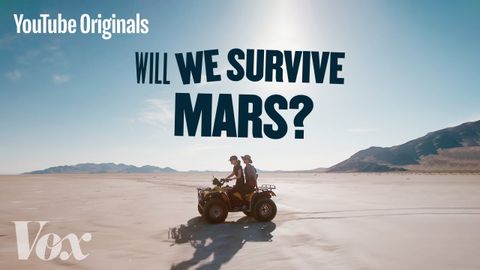我々は火星で生き残るのだろうか?- あなたが尋ねてくれた嬉しいS1 (Will We Survive Mars? - Glad You Asked S1)
林宜悉 が 2020 年 09 月 18 日 に投稿  この条件に一致する単語はありません
この条件に一致する単語はありません- v.t./i.突き刺す : 刺し込む;貼る : くっつける;とどまる;突き出す;我慢する
- n. (c.)棒
US /əbˈsɛʃən, ɑb-/
・
UK /əb'seʃn/
- n. (c./u.)条件;期間;学期;用語;関係;項;妊娠期間;任期
- v.t.称する
エネルギーを使用
すべての単語を解除
発音・解説・フィルター機能を解除
